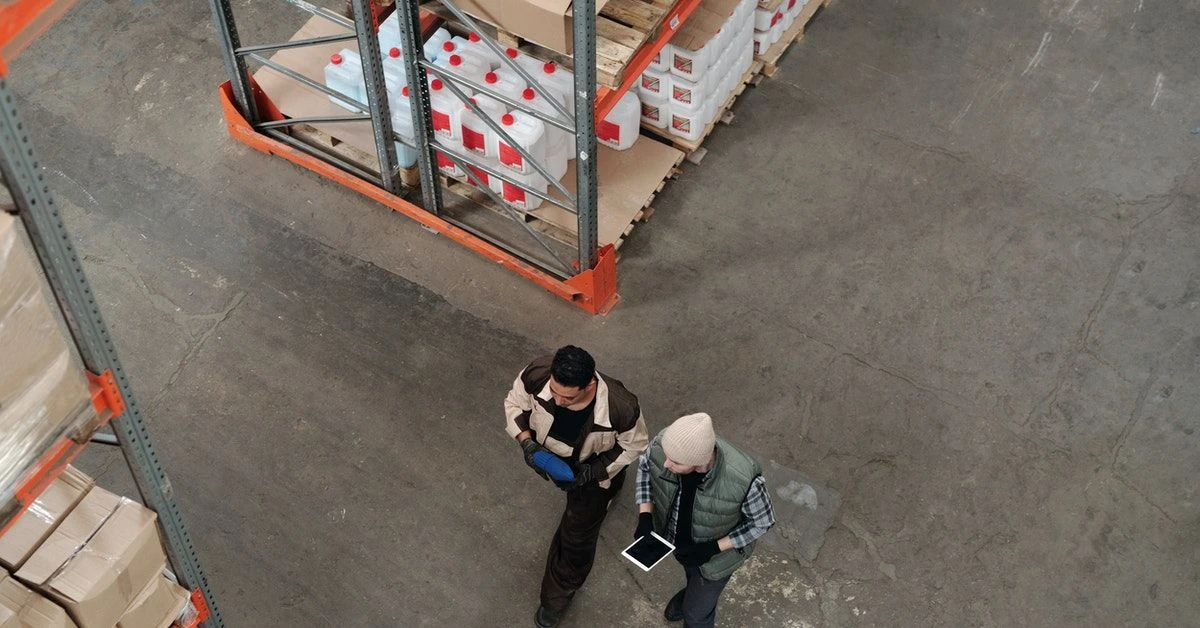17.02.2022
AiSight Onboarding: From Preparation to Validation


In our exclusive interview with Sebastian Pütter, process optimization specialist at MENSHEN, we explore how the AiSight solution has grown into a success story for MENSHEN since its August 2022 installation, and how it's guided the firm to more efficient equipment monitoring practices.
Leveling up your maintenance strategy delivers more productivity and reduced costs. Get to know the levels of maintenance strategy and how to get the most out of yours
The AiSight predictive maintenance solution provides machine information to prevent unplanned machine failures. Learn more about how predictive maintenance can increase MTBF in your plant here.
